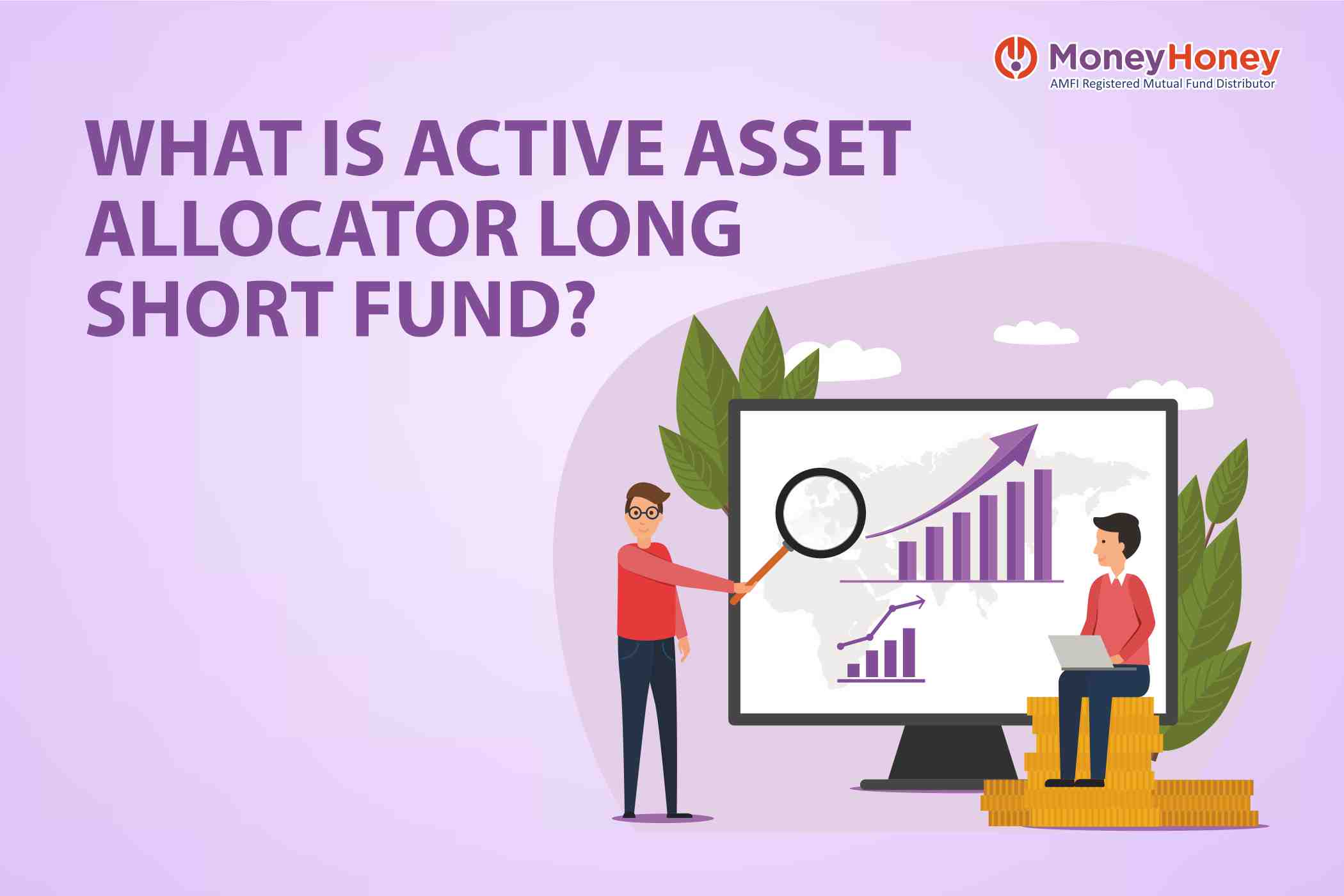Understanding the Current Investment Landscape
We live in peculiar times. Globally, asset prices are very volatile given the weak economic growth, rising geo-political tensions and policy uncertainty. At the same time, at home we have a relatively strong economic growth environment, stable government and a strong progrowth policy framework in a low interest regime. Strong macros, low interest rates and rising investor interest keep our equity markets strong, but at a relatively high valuation. And we have seen quick moves across asset classes due to changes in both local as well as global factors.
In this context, investors holding multi-asset portfolios have done better. For example, multi-asset funds on the average have given 5.72% returns in one year ended September 30, 2025, while most equity fund categories have reported losses. Hybrid funds work better for investors with moderate risk profile, offering them some equity exposure and at the same time containing downside. Specialised Investment Fund (SIF) also offers Active Asset Allocator Long Short Fund (AAALSF). This can be an interesting offering for such investors to further improve risk-reward associated with their multi-asset portfolios.
How the Active Asset Allocator Long-Short Fund Works
AAALSF gives maximum flexibility to a fund manager. The scheme invests in a mix of stocks, bonds, units of real estate investment trust and infrastructure investment trusts, along with commodities after factoring in relative attractiveness of each of these. Most asset managers are expected to leave the decision to determine allocation to each asset class to an in-house model to ensure a disciplined approach. A fund manager however is expected to exercise discretion while picking individual stocks – be it a stock or a bond or a derivative instrument. Given the wide canvas across asset classes and no restrictions such as prescribed exposure to stocks in a particular market capitalisation or bonds of credit rating, fund managers have a wide choice while investing.
Fund managers can invest in high-growth mid and small cap companies in good times while buildingthe equity component of the scheme in good times. In bad times, they can curtail equityallocation and restrict it to good quality large cap stocks, which are expected to contain downside.Exposure to commodities, especially bullion gold can help in volatile phases in the equity markets,due to lowcorrelation between these two asset classes.
Role of Short Selling in the Strategy
To further spruce up the offering, AAALSF allows the fund manager to go short on bonds and stocks using up to 25% of the money. For beginners, shorting a security means selling one that one does not own, with an intention to buy it back later using derivative instruments. The fund manager can short sell a stock or a bond on which he has a bearish view.
Benefits of the Long-Short Approach
This long-short strategy can help the fund manager optimise returns. The scheme can benefit if the fund manager can buy securities, the prices of which, rise over time and short securities, the prices of which, fall. The role of the fund manager hence is important in the long-short strategy. This is especially true in a multi-asset portfolio, as each of the asset classes may have differentiated risk-return associated with them.
Key Advantages and Considerations for Investors
The long-short strategy and exposure across asset classes should help the fund manager healthy risk-adjusted returns over the long term. The investor also need not toil on deciding the asset allocation to each asset class. However, there are a few limitations the investors must keep in mind. Given the diversified exposure, this scheme can offer relatively muted returns, in a raging bull market. Asset allocation has to be dynamic in sync with changing market situations and that may make it difficult to estimate the expected returns from the scheme. This may make it difficult to choose an AAALSF.
Tax Implications for Investors
Investors should also pay heed to the underlying asset allocation of these schemes. Schemes allocating more than 65% to equities (which may include arbitrage) are treated like equity funds and gains booked by selling units after one year of acquisition are taxed at the rate of 12.5%. Gains booked on sale of units of schemes with 35% or more but less than 65% equity exposure are taxed at 12.5% if the units are sold after two years from the date of acquisition. This tax rate is lower than the slab rate for individuals in higher income tax slabs.
Minimum Investment and Ideal Investor Profile
Like any other SIF this scheme also stipulates the minimum investment threshold at Rs 10 lakh. This makes the scheme accessible for most mass affluent investors. Investors with moderate risk-taking ability but want to generate healthy risk-adjusted returns with equity exposure should consider this scheme with a minimum five to seven years of holding time frame. Longer the better.
Disclaimer: This report is prepared in his personal capacity and neither the Author nor Money Honey Financial Services Pvt Ltd assumes any responsibility or liability for any error or omission in the content of the article. Investments in mutual funds and other risky assets are subject to market risks. Please seek advice from an investment professional before investing.



